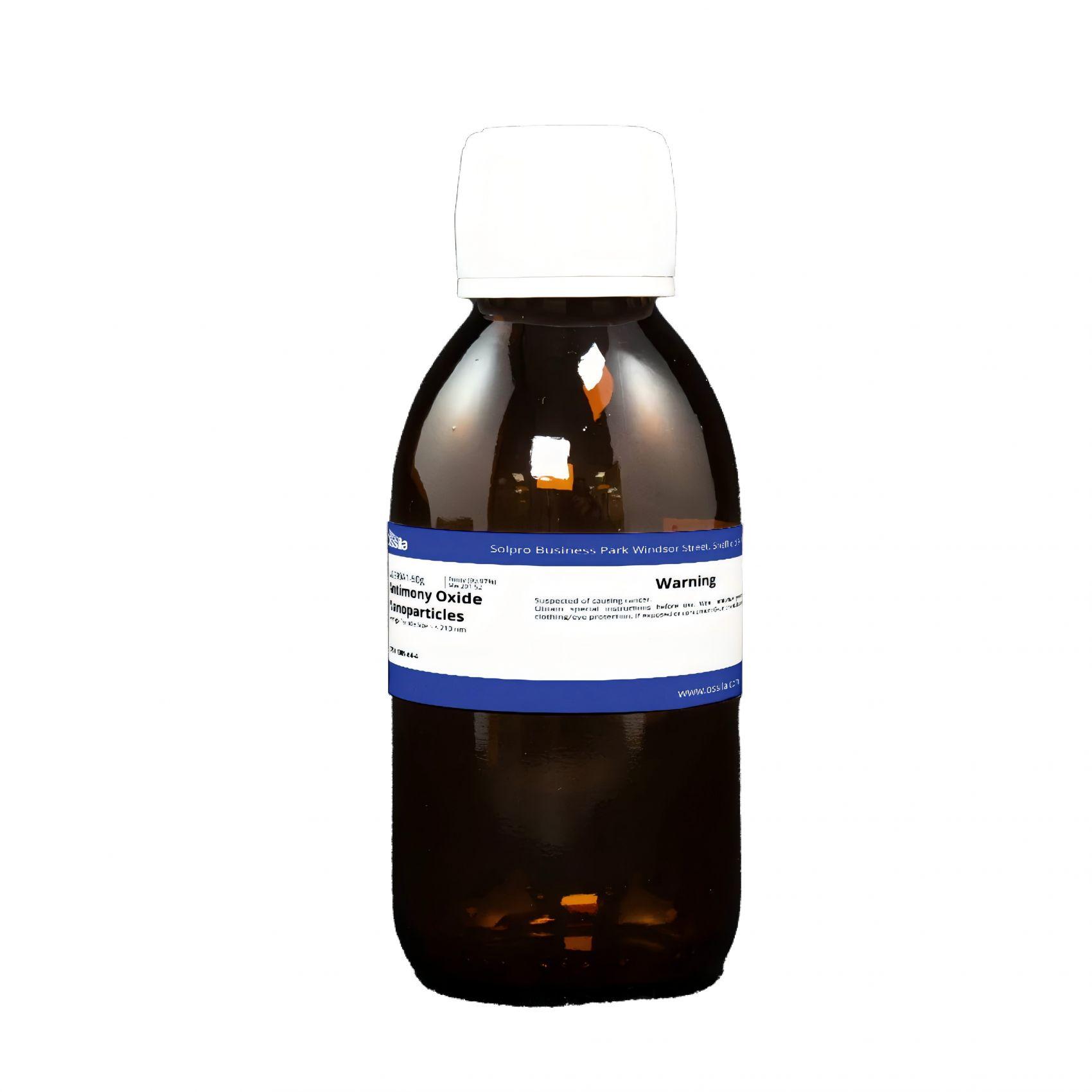
Antimony (III) oxide (Sb2O3, CAS number 1309-64-4) is an inorganic semiconducting material with high photon conductivity and superior chemical stability. It naturally occurs as the minerals valentinite and senarmontite.
Antimony (III) based materials show great potential as anode materials for lithium-ion batteries (LIBs) and sodium-ion batteries (SIBs), owing to their high energy density as well as long lifespan. Sb2O3 composite exhibits high specific charge capacity of 640.8 mA h g−1 at a current density of 0.2 A g−1 after 50 cycles in lithium-ion batteries. Sb2O3 anode exhibits a high capacity of 550 mA h g–1 at 0.05 A g–1 and 265 mA h g–1 at 5 A g–1 and a reversible capacity of 414 mA h g–1 at 0.5 A g–1 is achieved after 200 stable cycles in sodium-ion batteries.
Sb2O3 can greatly increase flame retardant effectiveness while used in combination with halogenated flame retardants as a synergist in coatings, plastics, fibre, paints, adhesives, rubber, and textiles. Antimony oxide also finds applications as catalyst in the production of polyethylene terephthalate (PET) and rubber, and as opacifying agent for glasses, ceramics, and enamels.
Technical Data
CAS Number 1309-64-4
Chemical Formula Sb2O3
Molecular Weight 291.52 g/mol
Chemical Name Antimony oxide
Synonyms Antimony(III) oxide, Diantimony trioxide. Antimonous oxide
Classification / Family 2D semiconducting materials, nanomaterials, Solid lighting, metal oxides
Colour White powder
Antimony Oxide (Sb2O3) Powders
Product Code M2399A1 M2399A2
Average Particle Size (APS) < 210 nm 20 – 30 nm
Specific Surface Area (SSA) > 10 m2/g N/A
True Density 5.8 g/cm3 N/A
Melting Point 665 °C (lit.) 665 °C (lit.)
Purity > 99.97% ≥ 99.5%